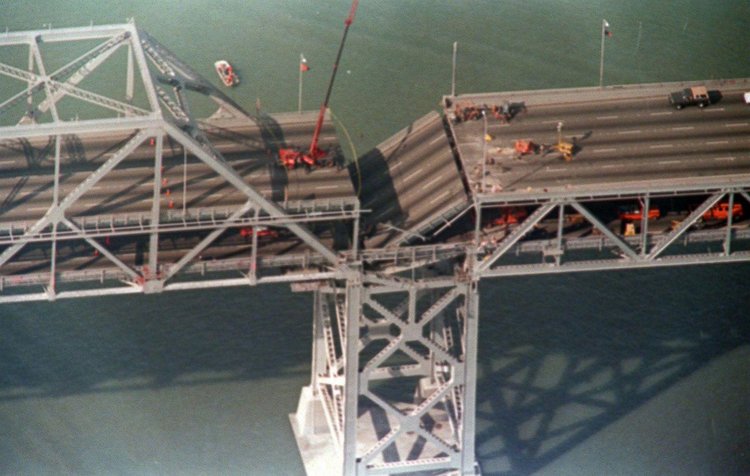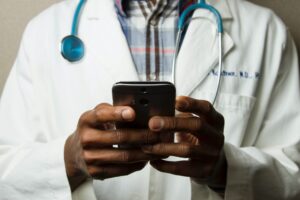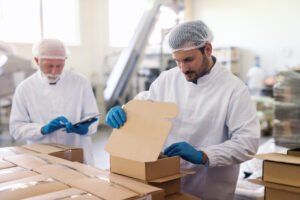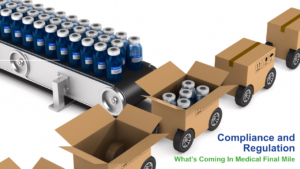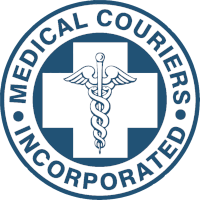9/11, Other Disasters, and How We Got Past Them
With nearly 50 years of specimen transport service under our belts, we’ve seen a lot: earthquakes, terrorist attacks, wildfires, and other natural disasters that challenged our employees and our infrastructure. These events forced us to create a more agile company because in the medical specimen transport field, not having a backup plan when things don’t go as expected isn’t an option. Here’s how we adapted to sudden events and designed day-to-day operations that have disaster preparedness built-in.
Loma Prieta Earthquake
“I was on the road in Stockton when it happened,” said Stephen Reiff, CEO of Medical Couriers, Inc. It was October 17, 1989 at 5:04pm when the 6.9 Loma Prieta earthquake struck Northeast of Santa Cruz, California. The violent earthquake collapsed a section of the Nimitz Freeway, Interstate 880, and one 50-foot section of the San Francisco-Oakland Bay Bridge, trapping commuters for nearly seven days.
“We thought we lost one of our drivers in the collapse. We didn’t have cell phones back then, the phone lines were down, and all the pagers were dead.” MCI driver Jackie Smith couldn’t be reached in the chaos of the disaster. “We didn’t hear from her, and assumed she was on the overpass when the quake hit. They couldn’t reach the crushed cars for seven days, and all we could do was wait.”
Loma Prieta changed everything about the way we manage day-to-day specimen transport operations at MCI. On the day of the quake, we had to bypass the bridge, which meant we had to run all the deliveries from San Francisco through San Jose to Oakland. The bridge being down also meant rethinking which airports we could use. Specimens that usually went through SFO had to be driven through San Jose to Oakland airport to be flown to Salt Lake City, all under time constraints and the frantic energy of the disaster.
“It was a big deal back then,” says Reiff. “Everything we set up now has a disaster element to it. It’s much less hub and spoke than it once was.” Routes are now designed in a way that the drivers can get to their destinations using a combination of roads and airports, and there are always backup routes. “In the specimen transport world, you have to be able to turn on a dime because lives are at stake.”
Jackie wasn’t one of the 63 dead or 3,757 injured in the Loma Prieta quake. When the quake hit and she wasn’t able to communicate with MCI, she decided home was the safest place. When phone service came back again, Jackie called in to let her co-workers know she was ok. Needless to say, they were overjoyed.
September 11th, 2001
The September 11th attacks created a critical scenario for a specimen transport company heavily dependent on airplanes to complete service. “Four hours after the plane went through the second tower, we got a call saying that all planes would be grounded,” says Reiff.
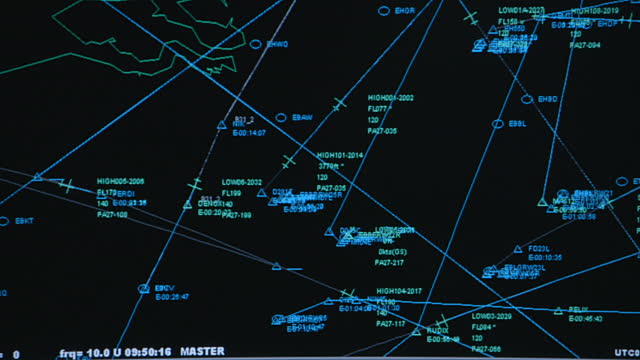
“Right away we had to put together a ground plan for getting the blood from A to B.” Brothers Stephen and Richard Reiff decided the only way to make the daily air delivery was to tag team the 518 miles between Reno and Salt Lake City. So they rented a tan Dodge Caravan, and hit the road.
“I remember stopping to pump gas in Winnemucca, Nevada one night,” Reiff says. “A state trooper was stopped at the gas station, and started looking at the Caravan. He came over and asked what was inside. I told him it was blood; I was delivering blood samples to Salt Lake City by car because all the planes were grounded. He ended up giving me a police escort the whole way to the border.”
The terrorist attacks showed us how dependent specimen transport is on airplanes to complete routes. So we used that experience to develop a ground plan in the event air service gets disrupted again. We took our specimen transport tag team example and created a chain of couriers from the furthest points of service to the lab.
Essentially, the packages became batons, and if anything happened to a courier in the chain, we could get another courier to take her place and continue the route. Today, we continue to use airplanes to deliver specimens around the country, but we don’t need to. We know that if we lost air travel tomorrow, we’d still be able to deliver patient care.
Wildfires, and Other Evacuation Scenarios
California wildfires have grown fierce in recent years, burning more than 1.2 million acres so far in 2018 alone. When there’s a dangerous fire, everything shuts down. Everyone is evacuated, so no specimens need to be collected in these areas until the people come back and the hospitals and clinics go back online. But other evacuation scenarios create specimen transport puzzles our dispatchers have to solve fast.
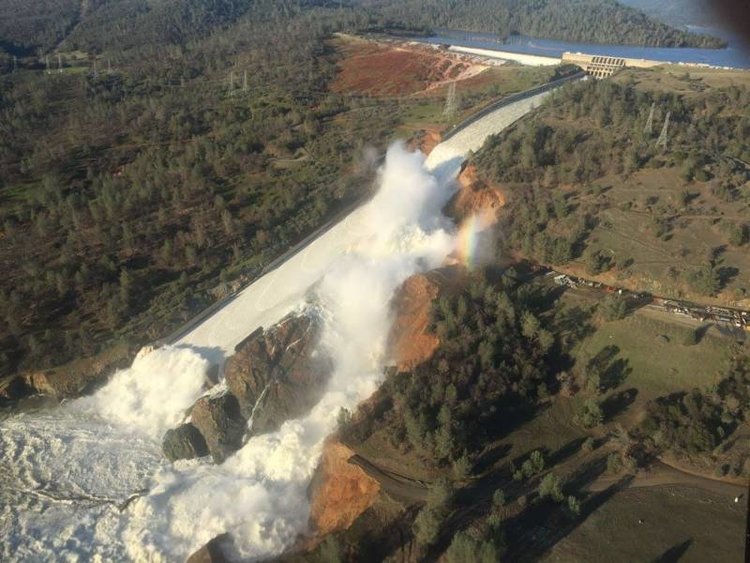
Heavy rainfall during the California floods in 2017 caused damage to Oroville’s main and emergency spillways, prompting the evacuation of more than 180,000 people. “They thought the dam was going to break,” says Stephen Reiff. “We had a driver on route, but he got stuck in the traffic when they were trying to evacuate the area. Evacuations make specimen transport rough because the roads get clogged.”
Road closures can add hours to a delivery, creating a situation where the specimen may be rendered unusable. To help us keep an eye on road and traffic conditions, we use cloud-enabled trackers on our entire fleet. They show us where our drivers are at all times and predict traffic and vehicle problems before they arise.
We do everything we can to be in front of whatever comes up, and we’re constantly making judgement calls to protect the patient. At the same time, we never put our drivers in harm’s way. It’s a delicate balancing act that requires a 36,000 foot view of every situation along with a ground level attention to detail.
What to Expect When the Unexpected Happens
We’re able to provide the same gold standard of specimen transport service even in times of disaster because we have learned what safeguards need to be in place. It’s important that all our medical couriers are employees, and that they drive company cars. This means we’re able to direct them—truly treat them as employees so things get done. Everyday we have backup drivers standing by with our cars in case of emergency or if someone calls in sick.
This redundancy protects the specimens when a situation comes up. We can’t risk not finding someone to fill in. We can’t risk losing one link in our chain. Specimen transport work is too important to leave lives to chance.
When disasters hit, we have to adapt to the situation in front of us—it’s not one-size fits all. We can, however, take lessons from each emergency, and put plans into place to better handle the next one. It’s the challenge we’ve accepted every day since 1969.

